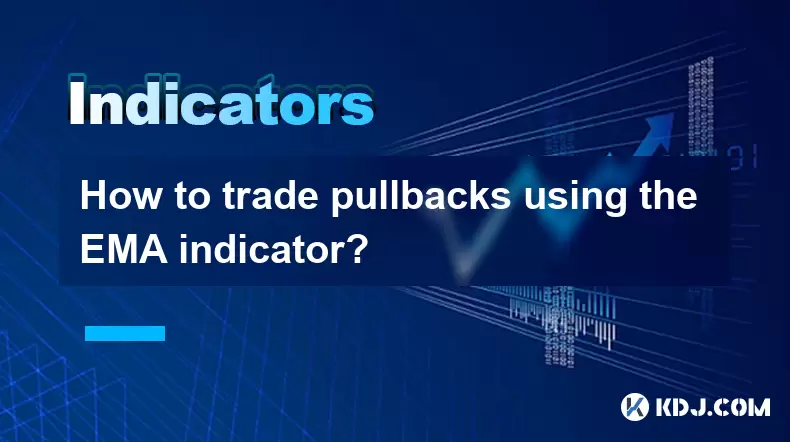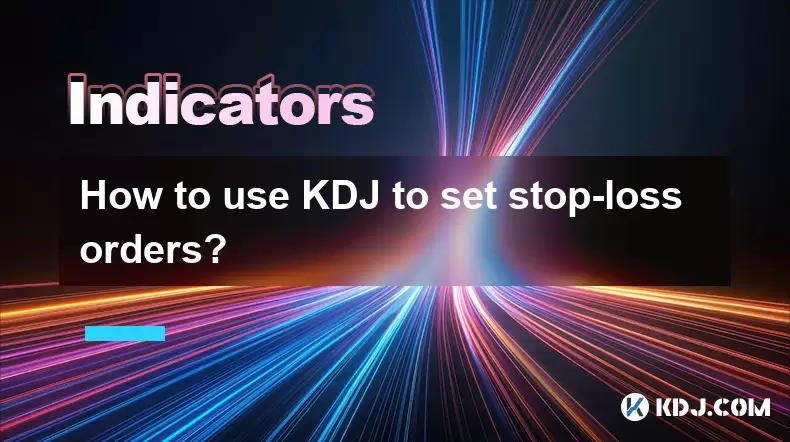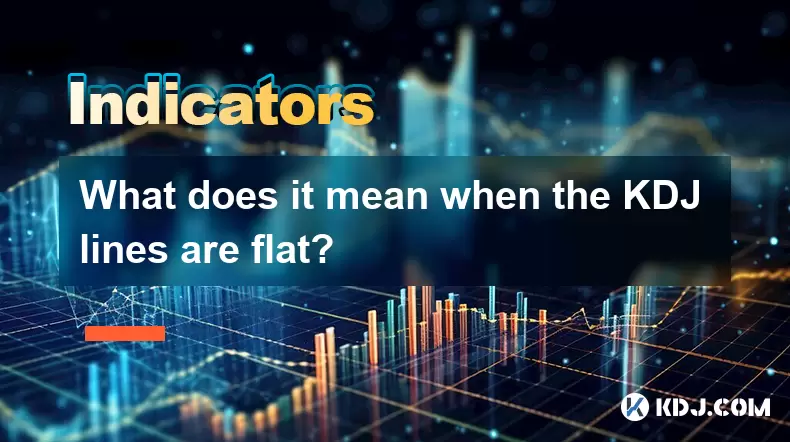-
 Bitcoin
Bitcoin $114700
-3.36% -
 Ethereum
Ethereum $3619
-6.51% -
 XRP
XRP $2.926
-7.66% -
 Tether USDt
Tether USDt $0.9998
-0.02% -
 BNB
BNB $768.6
-4.90% -
 Solana
Solana $168.2
-7.52% -
 USDC
USDC $0.9999
0.00% -
 Dogecoin
Dogecoin $0.2045
-9.02% -
 TRON
TRON $0.3243
-0.27% -
 Cardano
Cardano $0.7208
-8.45% -
 Hyperliquid
Hyperliquid $39.74
-9.17% -
 Stellar
Stellar $0.3882
-8.79% -
 Sui
Sui $3.481
-11.93% -
 Chainlink
Chainlink $16.52
-9.04% -
 Bitcoin Cash
Bitcoin Cash $556.7
-4.79% -
 Hedera
Hedera $0.2444
-11.40% -
 Avalanche
Avalanche $21.96
-8.51% -
 Ethena USDe
Ethena USDe $1.001
-0.02% -
 UNUS SED LEO
UNUS SED LEO $8.950
0.15% -
 Toncoin
Toncoin $3.425
-2.33% -
 Litecoin
Litecoin $104.4
-5.94% -
 Shiba Inu
Shiba Inu $0.00001212
-7.49% -
 Polkadot
Polkadot $3.630
-6.98% -
 Uniswap
Uniswap $9.165
-10.12% -
 Monero
Monero $306.8
-3.10% -
 Dai
Dai $0.9999
-0.01% -
 Bitget Token
Bitget Token $4.360
-3.43% -
 Pepe
Pepe $0.00001049
-9.59% -
 Cronos
Cronos $0.1352
-8.67% -
 Aave
Aave $256.5
-8.03%
How to trade pullbacks using the EMA indicator?
The EMA helps traders identify pullback entries by acting as dynamic support in uptrends, with the 20 and 200 EMAs commonly used to confirm trend direction and filter high-probability setups.
Jul 30, 2025 at 06:14 pm

Understanding the EMA Indicator and Its Role in Pullback Trading
The Exponential Moving Average (EMA) is a widely used technical indicator in the cryptocurrency trading community due to its responsiveness to recent price changes. Unlike the Simple Moving Average (SMA), which treats all data points equally, the EMA places greater weight on recent prices, making it more sensitive to short-term fluctuations. This sensitivity is particularly useful when identifying and trading pullbacks in fast-moving crypto markets. A pullback refers to a temporary reversal in price direction against the prevailing trend. Traders use the EMA to determine the trend direction and spot potential entry points during these retracements.
When applied to a chart, the EMA acts as a dynamic support or resistance level. In an uptrend, the price often pulls back to test the EMA before resuming upward movement. Conversely, in a downtrend, the EMA can act as resistance during a counter-trend bounce. The most commonly used EMA periods in crypto trading are the 9, 20, 50, and 200 EMAs. The 200 EMA is especially significant as a long-term trend filter. Traders often wait for the price to stay above the 200 EMA to confirm a bullish trend before considering long entries on pullbacks.
Setting Up the EMA on Your Trading Platform
To trade pullbacks using the EMA, the first step is to correctly set up the indicator on your charting platform. Most platforms like TradingView, Binance, or MetaTrader support EMA customization. Open your preferred chart, locate the "Indicators" tab, and search for "Exponential Moving Average." Add it to the chart. You will then be prompted to set the period. For pullback strategies, consider using two EMAs: a shorter one (e.g., 9 or 20) and a longer one (e.g., 50 or 200). This dual-EMA setup helps confirm trend direction.
- Click on the EMA settings and input the desired period (e.g., 20).
- Change the color to distinguish it from other indicators (green is common for bullish bias).
- Repeat the process to add a second EMA (e.g., 200) and assign a different color (blue or black).
- Ensure both EMAs are visible and properly aligned with price action.
- Adjust the chart time frame—common choices include 1-hour, 4-hour, or daily for swing trading.
Once configured, observe how the price interacts with the EMAs over time. Consistent bounces off the EMA during a trend suggest its reliability as a support or resistance level.
Identifying Valid Pullbacks Using EMA Confluence
Not every dip is a valid pullback. To filter out false signals, traders should look for confluence between the EMA and other technical factors. A valid pullback occurs when the price retraces to a key EMA level while the broader trend remains intact. For example, in a strong uptrend, the price may dip down to touch the 20 EMA or 50 EMA before continuing higher.
Key signs of a high-probability pullback include:
- The price remains above the 200 EMA in an uptrend.
- The shorter EMA (e.g., 20) stays above the longer EMA (e.g., 50), indicating bullish momentum.
- Volume decreases during the pullback, signaling weakening selling pressure.
- Candlestick patterns such as bullish engulfing or hammer formations appear near the EMA.
Avoid entering trades if the price breaks below the EMA with strong bearish volume or if multiple EMAs are crossed in quick succession. These may indicate a trend reversal rather than a pullback.
Executing a Trade Entry Based on EMA Pullbacks
Once a potential pullback is identified, the next step is to plan the trade entry. Precision is critical in crypto markets due to their volatility. The goal is to enter near the EMA support with a tight risk parameter.
- Wait for the price to approach the EMA (e.g., 20 or 50).
- Confirm that the candle is showing rejection, such as a long wick or a close above the EMA.
- Place a limit order slightly above the EMA level to ensure execution if momentum resumes.
- Use a stop-loss just below the recent swing low or below the EMA (e.g., 3–5% below for daily charts).
- Set a take-profit level at the previous swing high or use a risk-reward ratio of at least 1:2.
For example, if trading Bitcoin on a 4-hour chart and the price pulls back to the 20 EMA with a bullish engulfing candle, enter long at the close of that candle. Set stop-loss at 2% below entry and target the last resistance level.
Managing Risk and Position Size in EMA Pullback Trades
Risk management is essential when trading pullbacks, as false breakouts are common in cryptocurrency markets. Even with a well-defined EMA signal, unexpected news or whale movements can trigger sharp reversals. Therefore, position sizing should be calculated based on account risk tolerance.
- Determine the maximum amount you are willing to risk per trade (e.g., 1–2% of account balance).
- Calculate the distance between entry and stop-loss in percentage terms.
- Divide the risk amount by the percentage distance to find the position size.
- Avoid over-leveraging, especially on exchanges offering high leverage.
For instance, if your account is $10,000 and you risk 1% ($100), and your stop-loss is 4% below entry, your position size should be $2,500 (100 / 0.04). This ensures you do not exceed your risk threshold.
Using EMA Pullback Strategies Across Different Crypto Assets
The EMA pullback strategy is applicable across various cryptocurrencies, but performance may vary based on volatility and liquidity. Major assets like Bitcoin (BTC) and Ethereum (ETH) tend to respect technical levels more consistently due to higher trading volume and market participation. Altcoins, while offering higher returns, often exhibit erratic price action that can invalidate EMA signals.
When applying this strategy to altcoins:
- Use higher time frames (e.g., 4-hour or daily) to reduce noise.
- Confirm with volume indicators—low volume pullbacks are less reliable.
- Monitor Bitcoin’s trend, as many altcoins follow its direction.
- Avoid trading during low-liquidity periods or right before major announcements.
BTC and ETH on the 200 EMA often act as strong trend filters. If Bitcoin is above its 200 EMA, focus on long pullback setups in correlated altcoins.
Frequently Asked Questions
Can I use the EMA pullback strategy on 5-minute charts?
Yes, but with caution. Lower time frames increase noise and false signals. Ensure you use tighter stop-losses and consider combining EMA with RSI or volume filters to improve accuracy.
What if the price touches the EMA but doesn’t bounce?
This may indicate a failed pullback or trend reversal. Exit the trade if the price closes below the EMA with strong momentum. Review the chart for increased volume or news events that may have caused the breakdown.
Should I use the same EMA periods for all cryptocurrencies?
Not necessarily. While 20 and 200 EMAs work well for BTC and ETH, more volatile altcoins may respond better to 9 and 50 EMAs. Backtest different combinations on historical data to find optimal settings.
How do I avoid entering too early during a pullback?
Wait for confirmation. Do not enter as soon as the price touches the EMA. Instead, wait for a bullish candle to close above it or for a momentum indicator like MACD to show a bullish crossover.
Disclaimer:info@kdj.com
The information provided is not trading advice. kdj.com does not assume any responsibility for any investments made based on the information provided in this article. Cryptocurrencies are highly volatile and it is highly recommended that you invest with caution after thorough research!
If you believe that the content used on this website infringes your copyright, please contact us immediately (info@kdj.com) and we will delete it promptly.
- Australia vs Lions: Unleashing Betting Offers and Free Bets for the Thrilling Finale
- 2025-08-01 16:30:11
- Bitcoin, Satoshi, and the Echoes of Ancient Wisdom in DeFi
- 2025-08-01 16:50:12
- ONDO Tokens: Could They Mint the Next Crypto Millionaires?
- 2025-08-01 16:30:11
- Satoshi, Meme Coins, and Substance: A New Era?
- 2025-08-01 16:50:12
- Decoding the Roar: Australia, the Lions, and the Betting Odds
- 2025-08-01 16:55:48
- Bitcoin Price Plummets Amid Trump Tariffs: A Market Sell-Off Deep Dive
- 2025-08-01 16:55:48
Related knowledge

How do I secure my private key?
Aug 01,2025 at 05:14pm
Understanding the Importance of Private Key SecurityYour private key is the most critical component of your cryptocurrency ownership. It is a cryptogr...

How does the KDJ indicator apply to decentralized finance (DeFi) tokens?
Aug 01,2025 at 04:43pm
Understanding the KDJ Indicator in Technical AnalysisThe KDJ indicator is a momentum oscillator derived from the Stochastic Oscillator, widely used in...

What is the difference in KDJ signal interpretation between a trending and a ranging market?
Aug 01,2025 at 03:56pm
Understanding the KDJ Indicator in Cryptocurrency TradingThe KDJ indicator is a momentum oscillator widely used in cryptocurrency trading to identify ...

Does the KDJ indicator work well for low-liquidity crypto assets?
Aug 01,2025 at 02:01pm
Understanding the KDJ Indicator in Cryptocurrency TradingThe KDJ indicator is a momentum oscillator derived from the Stochastic Oscillator, widely use...

How to use KDJ to set stop-loss orders?
Aug 01,2025 at 04:28pm
Understanding the KDJ Indicator in Cryptocurrency TradingThe KDJ indicator is a momentum oscillator widely used in technical analysis within the crypt...

What does it mean when the KDJ lines are flat?
Aug 01,2025 at 03:22pm
Understanding the KDJ Indicator in Cryptocurrency TradingThe KDJ indicator is a momentum oscillator widely used in cryptocurrency technical analysis t...

How do I secure my private key?
Aug 01,2025 at 05:14pm
Understanding the Importance of Private Key SecurityYour private key is the most critical component of your cryptocurrency ownership. It is a cryptogr...

How does the KDJ indicator apply to decentralized finance (DeFi) tokens?
Aug 01,2025 at 04:43pm
Understanding the KDJ Indicator in Technical AnalysisThe KDJ indicator is a momentum oscillator derived from the Stochastic Oscillator, widely used in...

What is the difference in KDJ signal interpretation between a trending and a ranging market?
Aug 01,2025 at 03:56pm
Understanding the KDJ Indicator in Cryptocurrency TradingThe KDJ indicator is a momentum oscillator widely used in cryptocurrency trading to identify ...

Does the KDJ indicator work well for low-liquidity crypto assets?
Aug 01,2025 at 02:01pm
Understanding the KDJ Indicator in Cryptocurrency TradingThe KDJ indicator is a momentum oscillator derived from the Stochastic Oscillator, widely use...

How to use KDJ to set stop-loss orders?
Aug 01,2025 at 04:28pm
Understanding the KDJ Indicator in Cryptocurrency TradingThe KDJ indicator is a momentum oscillator widely used in technical analysis within the crypt...

What does it mean when the KDJ lines are flat?
Aug 01,2025 at 03:22pm
Understanding the KDJ Indicator in Cryptocurrency TradingThe KDJ indicator is a momentum oscillator widely used in cryptocurrency technical analysis t...
See all articles

























































































